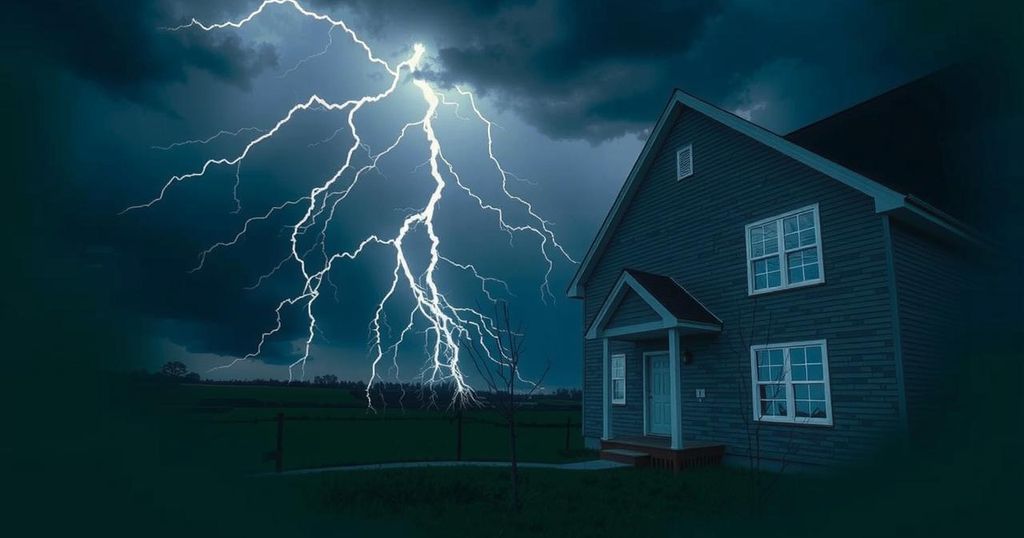The threat of hurricanes remains high as climate change contributes to increasing ocean temperatures. NOAA has predicted up to 24 named storms this season, with 8 already recorded. Experts stress the importance of storm preparedness and awareness to safeguard families against the dangers posed by hurricanes, including flooding.
As the devastating impacts of Hurricane Helene continue to be assessed, with rising fatalities and extensive damage reported, a new wave of storms is intensifying in the Atlantic region. Experts are increasingly concerned that such formidable hurricanes could become more commonplace rather than isolated incidents. The ocean temperatures from the coast of Africa to the Gulf of Mexico have reached unprecedented levels. Consequently, the National Oceanic and Atmospheric Administration (NOAA) has projected that this hurricane season could witness up to 24 named storms, with as many as seven likely to escalate to major hurricanes. To date, there have been eight named storms, leaving two additional months of the hurricane season, during which it is essential for individuals to remain vigilant and prepare adequately for potential storms. Of particular note is Hurricane Beryl, which became the earliest recorded Category 5 hurricane in the Atlantic in July. The ongoing threat of major hurricanes is exacerbated by climate change, which continues to raise ocean temperatures. Dr. Isaac Ginis, an oceanographer at the University of Rhode Island, warned, “Even if we stop emitting carbon dioxide today, it will take 10, 15 years for the climate to get back to normal.” He emphasized that failure to curb carbon emissions could lead to centuries of rising global temperatures. Meteorologists are now implementing advanced technology to gather and analyze data more effectively, resulting in improved storm predictions. Dr. Ginis explained that while warmer oceans typically contribute to more powerful hurricanes, these storms also have the potential to cool the ocean beneath them. Understanding the extent of this cooling is crucial for accurately predicting storm wind speeds and intensities. He cautioned that it is not only the powerful Category 4 and 5 hurricanes that pose a risk; slower-moving, lower-category hurricanes can lead to catastrophic flooding. He noted, “Six inches of water can knock down an adult or two feet of moving water can essentially sweep away a vehicle.” To ensure the safety of your family during storm events, it is imperative to prepare in advance, remain indoors during the storm, and stock up on necessary supplies for post-storm recovery. Dr. Ginis stated, “There is no reason and justification to die during the storm these days. They just need to heed the warning and listen to the forecasters.” The hurricane season is set to conclude on November 30, and individuals are encouraged to take proactive steps to secure their homes and families by visiting http://www.ready.gov/ for guidance on preparedness. Moreover, individuals should consider downloading the FEMA app, which serves as a personalized disaster resource tailored to help families manage emergencies effectively.
The urgency surrounding storm preparedness is growing in the wake of increasingly frequent and severe hurricanes fueled by climate change. The ongoing hurricane season has already demonstrated alarming trends, including the early onset of historically significant storms and rising ocean temperatures which contribute to storm formation and intensity. This context is vital for understanding the potential risks and necessary precautions to safeguard families during natural disasters.
In summary, the threat of severe hurricanes is an amplified concern this season due to rising ocean temperatures and the impact of climate change. Proactive measures—including preparation, adherence to safety guidelines, and timely communication—are paramount to protect oneself and family members during storm events. Individuals are urged to utilize available resources to enhance their preparedness ahead of the remaining months of the hurricane season.
Original Source: www.walb.com






